Description
More Historical Facts
Texaco (“The Texas Company”) is the name of an American oil retail brand. Its flagship product is its fuel, “Texaco with Techron”. It also owns the Havoline motor oil brand. Texaco was an independent company until it merged into Chevron Corporation in 2001.
It began as the Texas Fuel Company, founded in 1901 in Beaumont, Texas, by Joseph S. Cullinan, Thomas J. Donoghue, Walter Benona Sharp, and Arnold Schlaet upon discovery of oil at Spindletop. For many years, Texaco was the only company selling gasoline under the same brand name in all 50 states as well as Canada, making it the most truly national brand among its competitors. Its current logo features a white star in a red circle (a reference to the lone star of Texas), leading to the long-running advertising jingles “You can trust your car to the man who wears the star” and “Star of the American Road.”[citation needed] The company was headquartered in Harrison, New York, near White Plains, prior to the merger.
Texaco gasoline comes with Techron, an additive developed by Chevron, as of 2005, replacing the previous CleanSystem3. The Texaco brand is strong in the U.S., Latin America and West Africa. It has a presence in Europe as well; for example, it is a well-known retail brand in the UK, with around 1,100 Texaco-branded service stations.
Founding through 1930s
1901 – Founded in Beaumont, Texas. Known as the Texas Fuel Company.
1905 ? Texaco establishes an operation in Antwerp, Belgium, under the name Continental Petroleum Company.
1911 ? Texaco purchased from owner of the Red Star Oil Company, one Mr. Dawkins.
1913 ? Texaco acquires control of the Central Petroleum Company.
1914 – Occupied new offices in Houston on the corner of San Jacinto and Rusk.
1928 ? Texaco becomes the first U.S. oil company to sell its gasoline nationwide under one single brand name in all 48 states (50 states after Alaska and Hawaii joined the Union in 1959).
1931 ? The Texas Company (Texaco’s corporate name) purchases Indian Oil Company, based in Illinois, a move that expands Texaco’s refining and marketing base in the Midwest and also gives Texaco the rights to Indian’s manufacturing processes of Havoline “Wax Free” motor oil, which becomes a Texaco product and provides the company with a higher-quality motor oil product.
1932 ? Texaco introduces Fire Chief gasoline nationwide, a motor fuel that meets the octane requirements for fire engines, and promotes it through a radio program over NBC hosted by Ed Wynn, the “Texaco Fire Chief.”
1936 ? Texaco begins supplying the Nationalist rebels in Spain with oil, and continues to do so for the duration of the war, delivering some 3,500,000 barrels (556,000 m3).
1936 ? Marketing operations East of Suez (including Asia, East Africa, and Australasia) are placed into a joint venture with Standard Oil Company of California – Socal (Chevron) under the brand name Caltex, in exchange for Socal placing its Bahrain refinery and Arabian oilfields into the venture.
1937 ? Texaco commissions industrial designer Walter Dorwin Teague to develop a modern service station design. The resulting “Teague” Texaco station design is a functional white building with green trimmings featuring one or more service bays for “Washing”, “Marfak Lubrication”, etc., an office area with large plate glass window for display of tires, batteries, and accessories, along with “Men” and “Ladies” restrooms featuring Texaco-green tile walls and floors.
The Teague station design is typically built of white porcelain tile but local and regional variations could include painted brick, concrete brick, and stucco materials. Other features include red Texaco stars on the upper facade on outer sidewalls and above the service bays, and red lettering spelling out “TEXACO” above the office area. Stations are identified by the street from Texaco’s “banjo” sign.
1938 ? Texaco introduces Sky Chief gasoline, a premium grade fuel developed from the ground up as a high-octane gasoline rather than just an ethylized regular product. Sky Chief is dispensed from a silver gas pump in contrast with the red pump used for Fire Chief gasoline – a move that lasts many years until the early 1960s.
1939 ? Texaco becomes one of the first oil companies to introduce a “Registered Rest Room” program to ensure that restroom facilities at all Texaco stations nationwide maintained a standard level of cleanliness to the motoring public. The “Registered Rest Room” program is later copied by other oil companies and continued at Texaco until the energy crises of the 1970s.
1940 – Torkild Rieber, CEO, is led to resign when his connections with German Nazism, and his supply of oil to the Fascist forces during the Spanish Civil War are made public
1947 – Texaco’s European marketing operations are also placed into the Caltex joint venture
1947 ? Texaco merged its British operation with Trinidad Leaseholds under the name Regent; it gained full control of Regent in 1956, but the Regent brand remained in use until 1968-9.
1954 – Texaco adds the detergent additive Petrox to its “Sky Chief” gasoline, which was also souped up with higher octane to meet the antiknock needs of new cars with high-compression engines. A new plant was built in Port Arthur, Texas specifically to manufacture Petrox.
1958 – Texaco became the sole sponsor of The Huntley-Brinkley Report on NBC-TV. The nightly newscast had had difficulty retaining sponsors since it first took the air in the fall of
1956-1959 ? The Texas Company changes its corporate name to Texaco, Inc. to better reflect the value of the Texaco brand name, which represented the biggest selling gasoline brand in the U.S. and only marketer selling gasoline under one brand name in all 50 states.
1959 ? Texaco acquires McColl-Frontenac Oil Company Ltd. of Canada and changes its name to Texaco Canada Ltd. Late 1950s ? Bought Paragon Oil, a major fuel oil distribution company in the northeastern U.S.
1961 ? Texaco introduces the “The Man who wears the Star” campaign with the “Texaco Star Theme” written by W.A. Fredricks. The radio jingle (as of 1961), went as follows:
?We are the Men from Texaco
We wear the Texaco Star We like to think at Texaco We’ve got everything for your car
We’ve got wipers for your windshield’ Plugs n’ Belts n’Tires, too Lubricants and Batteries and polishes for you All the things to keep your engine up to par We’ve got everything for your car
We wear the Texaco Star We like to think at Texaco We’ve got everything for your car
We’ve got wipers for your windshield’ Plugs n’ Belts n’Tires, too Lubricants and Batteries and polishes for you All the things to keep your engine up to par We’ve got everything for your car
That’s why you can trust you car to the man who wears the Star for the kind of products that can take care of you car At every Texaco Station, clean across the Nation You can trust your car to the man who wears the Star The big bright Texaco star!
?
?
Both Fire Chief and Sky Chief gasolines are promoted as “Climate Controlled” as various blends of both gasolines are distributed to Texaco stations in various parts of the country.
1964 ? Texaco introduces the “Matawan” service station design at a station in Matawan, New Jersey. Features include mansard roofing design, service bays moved to the side of station and sheetrock covering over most exterior walls.
1966 ? Texaco replaces the long-running banjo sign with a new hexagon logo that had previously been test-marketed with the “Matawan” station design introduced two years earlier. The new logo featured red outline with TEXACO in black bold lettering and small banjo logo with red star and green T at bottom. Texaco also enters agreement with Howard Johnson’s for Texaco credit card to be honored for charging of lodging and food at Howard Johnson motor lodges, a widespread trend of the time among major oil companies that would last until the 1973 oil crisis.
1967 ? Regent name replaced by Texaco at British petrol stations.
1970 ? In response to increasingly stringent federal emission standards that would ultimately lead to mandating of unleaded gasoline in 1975 and later-model cars and trucks, Texaco introduced Lead-free Texaco as the first regular-octane lead-free gasoline at stations in the Los Angeles area and throughout Southern California. Lead-free Texaco would become available nationwide in 1974, in time for the introduction of 1975-model vehicles.
1978 ? Texaco Canada Ltd. merges with Texaco Explorations Canada Ltd. to form
1985 ? On November 19, Pennzoil (represented by famous litigator Joe Jamail) won a US$10.53 billion verdict from Texaco in the largest civil verdict in US history (Texaco established a signed contract to buy Getty Oil after Pennzoil entered into an unsigned, yet still binding, buyout contract with Gordon Getty).
1987 ? Texaco files for bankruptcy; company continues trading under protection of U.S. bankruptcy laws.
1988 ? Texaco and Saudi Aramco agree to form a joint venture known as Star Enterprise in which Saudi Aramco would own a 50% share of Texaco’s refining and marketing operations in the eastern U.S. and Gulf Coast.
1989 ? Texaco introduces System3 gasolines in all three grades of fuel, featuring the latest detergent additive technology to improve performance by reducing deposits that clog fuel injection systems.
1991 – The company was awarded the National Medal of Arts.
1993 ? Several dozen tribal leaders and residents from the Ecuadoran Amazon file a billion-dollar class-action lawsuit against Texaco, as a result of massive ecological pollution of the area and rivers around Texaco’s Ecuadorian offshore drilling sites, causing toxic contamination of approximately 30,000 residents.
1994 ? Texaco’s System3 gasolines replaced by new CleanSystem3 gasoline for improved engine performance.
1995 – Texaco merges its Danish and Norwegian downstream operations with those of Norsk Hydro under the new brand HydroTexaco. This joint venture was sold in 2007 to Norwegian retail interests as YX Energi, following the purchase of Hydro by Statoil.
1996 ? Texaco pays over $170 million to settle racial discrimination lawsuits filed by black employees at the company. It was the largest racial discrimination lawsuit settlement in the U.S. at the time, and was particularly damaging to Texaco’s public relations when tapes were released containing ethnic slurs used repeatedly by company officers at high-level corporate meetings.
1998 ? Formed joint venture Equilon with Shell Oil Company, combining their Western and Midwestern U.S. refining and marketing. This gave rise to the 2006 U.S. Supreme Court antitrust case of Texaco Inc. v. Dagher, which cleared both Texaco and Shell of any antitrust liability concerning the pricing of Equilon’s gasoline.
1998 ? Formed joint venture Motiva with Shell Oil Company and Saudi Aramco in which the Star Enterprise operations were merged with the Eastern and Gulf Coast U.S. refining and marketing operations of Shell.
2000 to 2010 2001 ? Chevron Corporation merges with Texaco. Shell purchases Texaco’s interest in the Equilon and Motiva joint ventures.
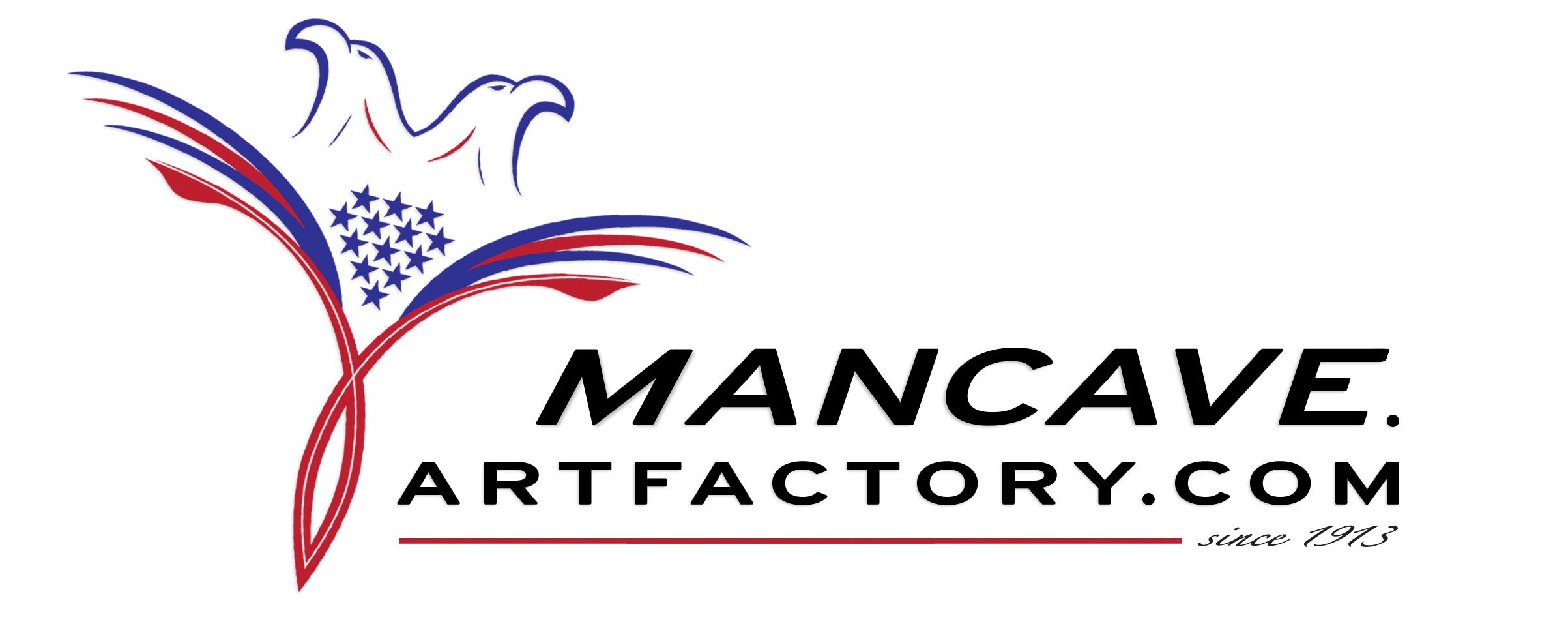

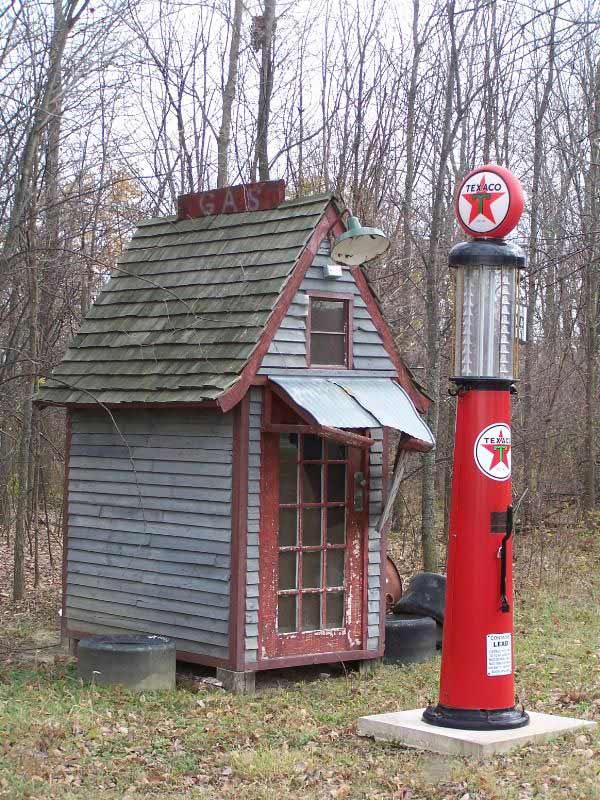
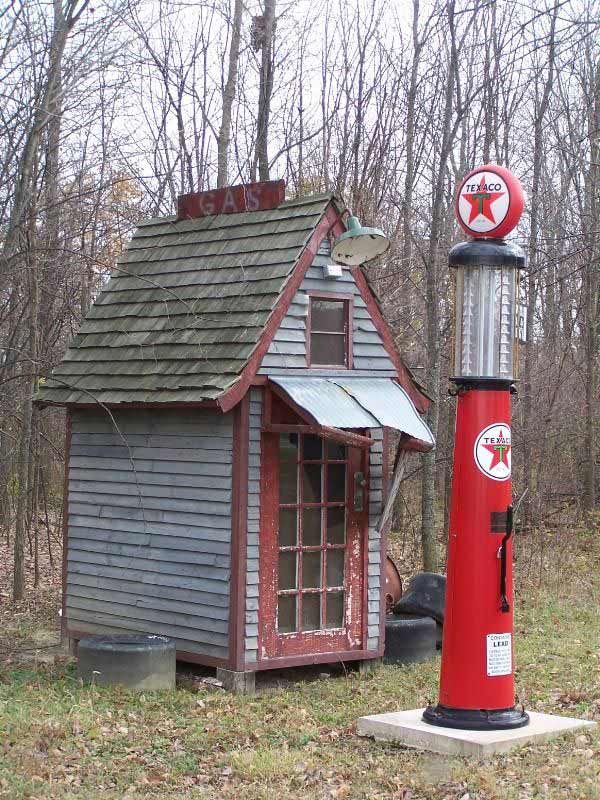
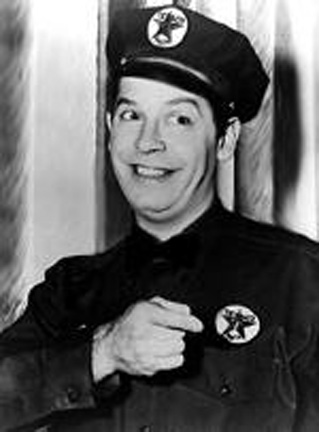
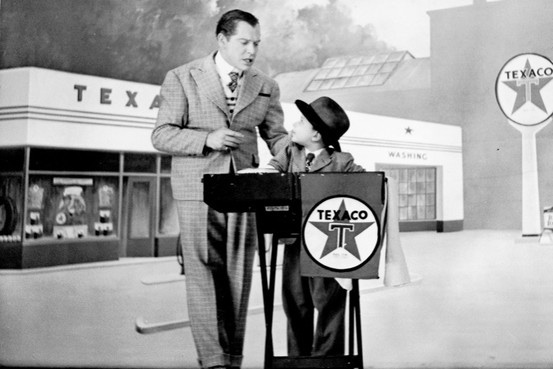
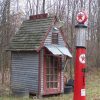

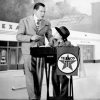

Reviews
There are no reviews yet.